It’s no secret that open-concept living spaces bring about many advantages, from allowing for easier entertaining to increasing the flow of natural light into your home. However, the absence of partition walls mean that there’s nothing to block sound travel, which can sometimes result in a noisy abode. To counter this, here are some simple design tricks that can help minimise noise pollution within your home.
- Panel your walls
Walls that are flat, hard and have a large surface area can amplify sound immensely, so adding texture can help in reducing this effect. One such example of this is to panel your walls with pieces of wood, which besides dampening sound, also creates an interesting feature in any space. If wood’s not your style, you can even consider covering your walls with padded acoustic panels, which are also highly effective at reducing noise transference and room echoes.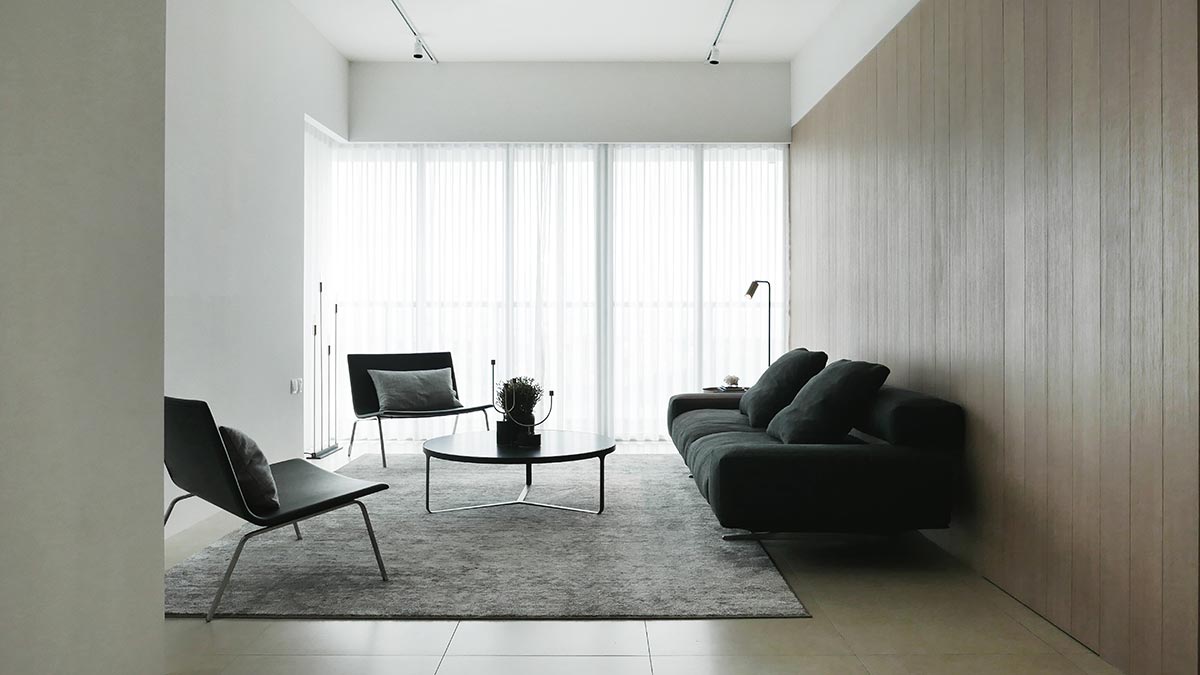
Image credit: 0932 Design
- Dress your windows
One of the best things about having expansive windows in your home is that it encourages the flow of natural light, but did you know that large glass surfaces serve as bouncing-off points for sound to travel? As such, fitting your windows with curtains instead of leaving them bare will help in muffling sound. But if heavy night curtains aren’t the right fit for your home, there’s always the option of day curtains, which won’t fully block light out.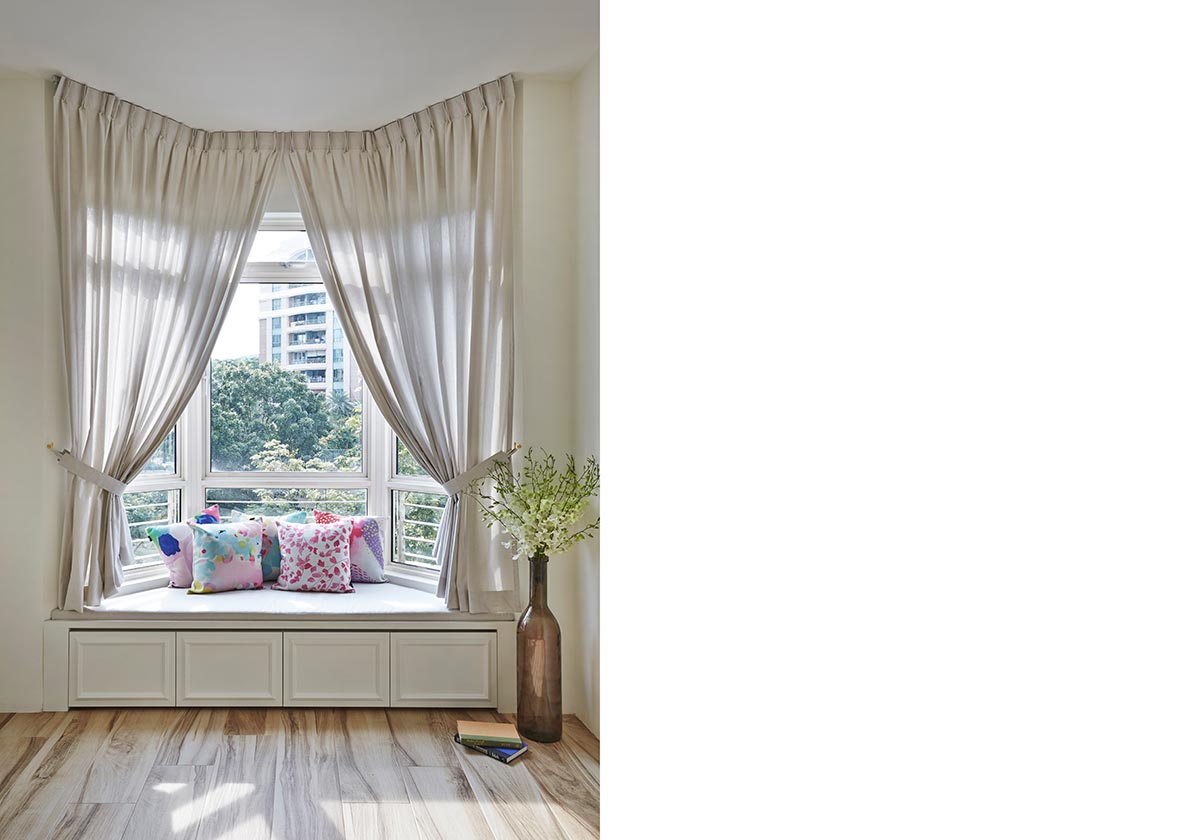
Image credit: Minimo & Minimology
- Go soft underfoot
While usually the more common option amongst homeowners where flooring materials are concerned, hard floor surfaces – such as tile, concrete and hardwood – are less than ideal when it comes to controlling noise distribution in your home. Instead, consider alternatives like soundproof vinyl or rubber flooring, which boast sound-absorbing qualities.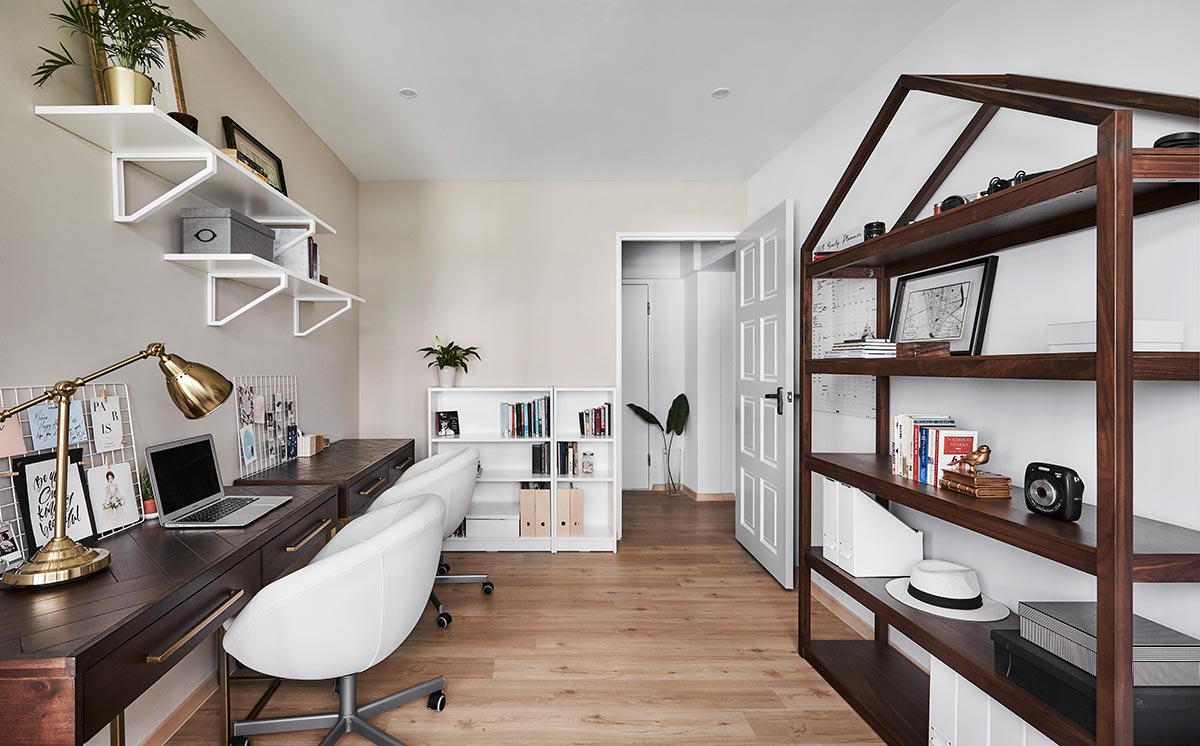
Image credit: Wong Weiliang
- Introduce rugs onto bare floors
But if you can’t do without tiles or the other hard surfaces on the floor, then another way to deaden sound is to cover it with rugs. Do note that the thicker the pile, the more effective it will be in reducing echoes. And in addition to its soundproofing abilities, rugs are also available in a variety of styles and patterns, which are useful in adding warmth and decorative accents to your space.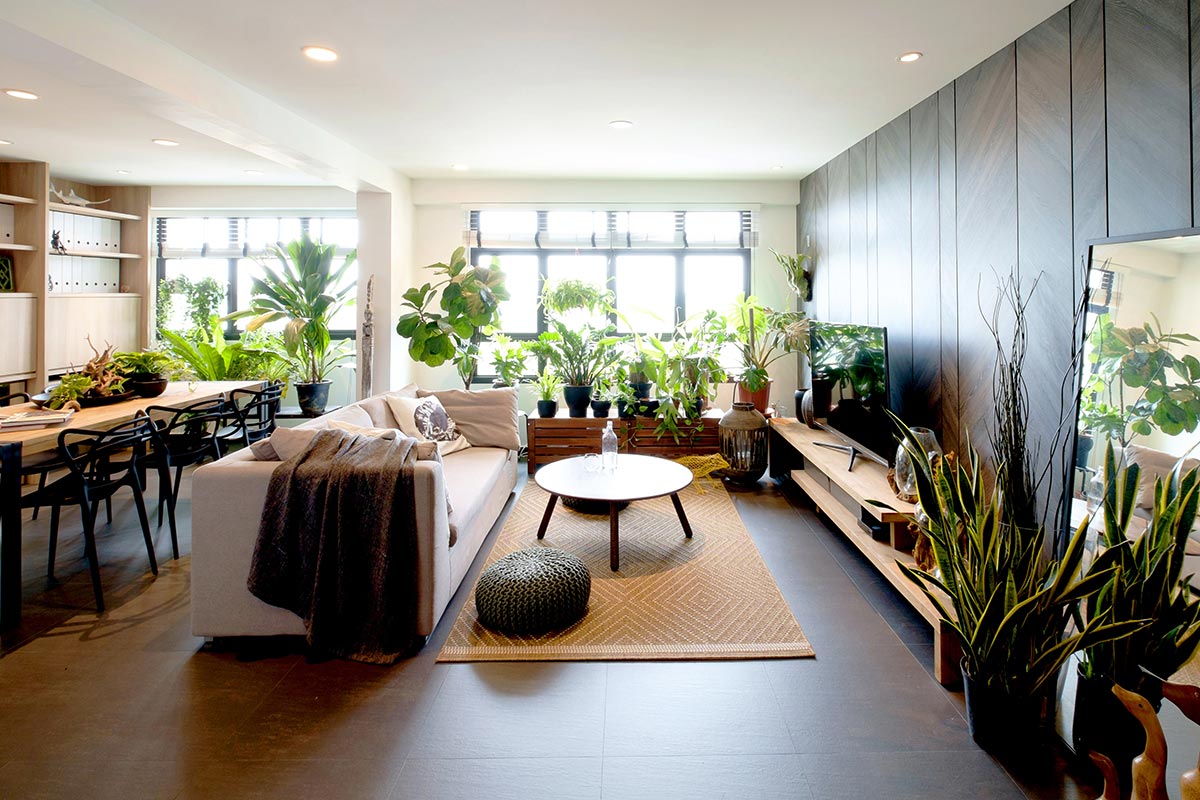
Image credit: The Inside Job
- Break it up with storage
Even in open-concept homes, there’s no escaping the need for storage walls. Whether a freestanding structure or a custom piece of furniture, these are great in helping to dampen the noise within your home. For a maximum effect, accessorise your storage wall with objects of various sizes and at different depths. This way, sound waves will be forced to bend around them, which will in turn break up the flutter of echoes in the home.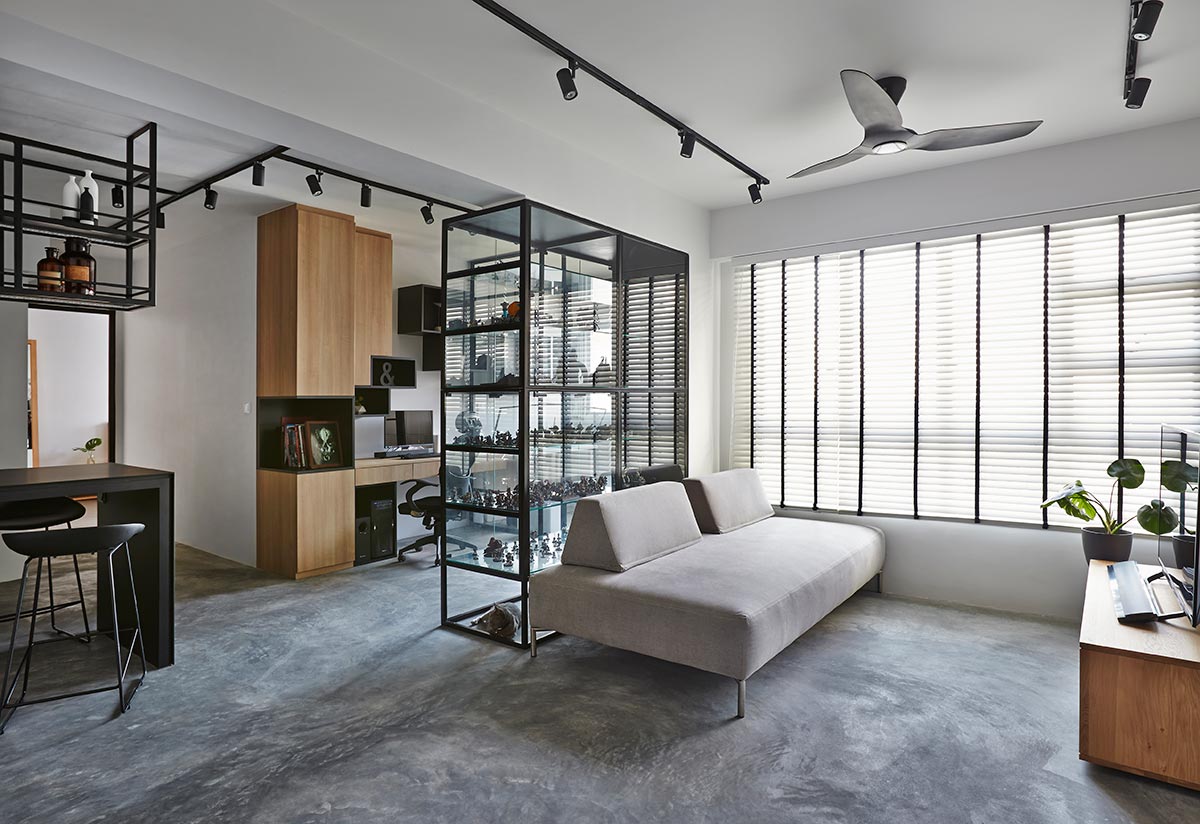
Image credit: EightyTwo



